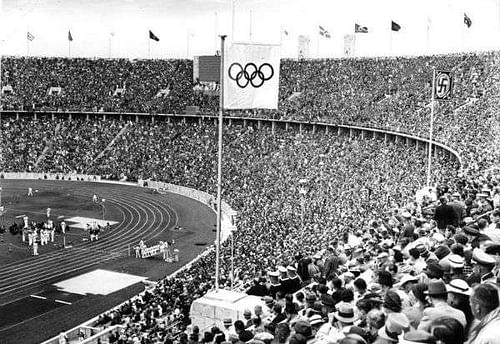
Kabaddi is no stranger to the Olympic stage, was a demonstration sport at the 1936 Berlin Games
The Pro Kabaddi League has given an entirely new identity to India’s homegrown sport, making the game popular not only amongst the local audience but also establishing a strong presence right across the Indian sub-continent. But, the IKF (International Kabaddi Federation) has always had a bigger aim in this purview, wherein the governing body of the sport at the global stage wants the sport to be inducted into the Olympics.
However, the Olympic berth is quite a challenge to attain given the few number of nations where the sport is followed and played according to the international and prescribed standards contrary to the 50 affiliated countries as required by the IOC (International Olympic Committee). To spread the wings of kabaddi further, the Kabaddi World Cup was organised in October last year by the IKF with 12 participating nations with the likes of new and inexperienced squads from Australia, United States and the United Kingdom as well.
But a long forgotten fact is that Kabaddi has already been introduced at the Olympics although it was way back in 1936 at the Berlin Games. The entire credit for this can be attributed to an educational institute from Maharashtra’s Amravati called Hanuman Vyayam Prasarak Mandal (HVPM).
Dr Siddhanath Kane, who was the vice-president of the HVPM and also a member of the executive committee of the IOA (Indian Olympic Association) in a series of exchanged letters convinced Carl Diem, the chief organiser of the Berlin Olympics, to allow a 35-member Indian contingent to demonstrate certain Indian physical education techniques.
And thus as fate would have it, students of the HVPM institution demonstrated martial arts, mallakhamb and the sport of kabaddi (known as hu-tu-tu back then) at the Olympics, then at the Congress of Physical Education and finally also put up an exclusive display for a span of 20-minutes for Adolf Hitler.
“At the time, I was just a four-year-old. But my father told me later about that Berlin trip. The HVPM contingent to Berlin was to demonstrate Indian way of doing physical exercises to the Western world. HVPM’s functionaries at the time thought the rest of world needed to know the importance for India of practices like mallakhamb and kabaddi,” Dr Kane’s son, Padmakar Kane was quoted as saying to the Hindustan Times.
The spectacle was such a success that not only did Hitler present the visiting contingent with a medal, but the regional newspapers across Europe covered the unorthodox disciplines that India had showcased on the world stage.
Thus, kabaddi has witnessed its brush with Olympics long ago, it now remains to be seen when the sport makes the cut into the Olympic fold as a competitive one.
